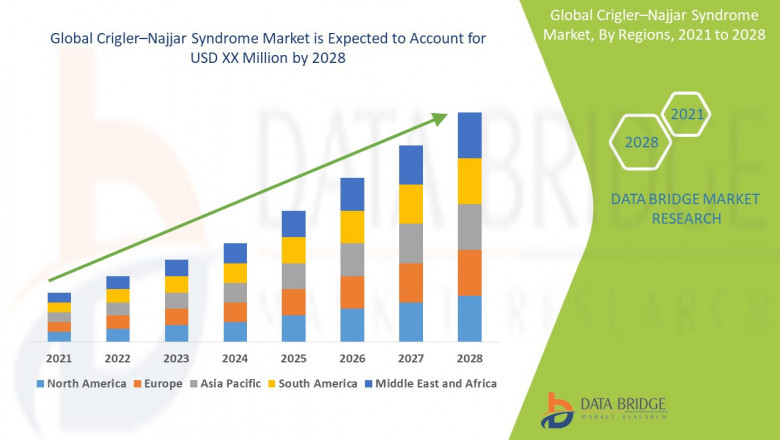views
Crigler–Najjar Syndrome (CNS) is a rare genetic disorder characterized by high levels of unconjugated bilirubin due to a deficiency or absence of the enzyme UDP-glucuronosyltransferase. The market for Crigler–Najjar Syndrome is small, given the rarity of the condition, but it is gaining attention due to emerging therapies, improved diagnostic methods, and growing interest from biotech companies in the orphan disease segment.
Market Overview
The Crigler–Najjar Syndrome market remains niche due to the ultra-rare nature of the condition, which affects approximately 1 in 1 million people globally. CNS is categorized into two types:
-
Type I: More severe and requires liver transplantation or phototherapy from birth.
-
Type II: Milder form, responsive to phenobarbital therapy.
The global market includes therapeutic solutions such as:
-
Phototherapy (mainstay treatment)
-
Phenobarbital (effective in Type II cases)
-
Liver transplantation
-
Gene therapy (in clinical trials)
Key Market Drivers
-
Advancements in Gene Therapy: Companies are investing in curative approaches such as AAV (Adeno-associated virus) based gene therapy to address the genetic root of CNS.
-
Orphan Drug Incentives: Regulatory frameworks in the U.S. (FDA) and Europe (EMA) provide incentives such as market exclusivity, tax credits, and fast-track approvals.
-
Increased Awareness and Diagnosis: Improved genetic screening has led to better diagnosis rates, facilitating early treatment and better outcomes.
-
Strategic Collaborations: Biotech firms are partnering with research institutions to accelerate drug development pipelines.
Challenges in the Market
-
Limited Patient Pool: The small population of patients significantly limits commercial viability.
-
High Treatment Costs: Liver transplants and potential gene therapies involve substantial financial burdens.
-
Regulatory Hurdles: Despite orphan drug support, the complexity of rare disease clinical trials remains a barrier.
-
Low Awareness in Developing Regions: Many cases may go undiagnosed due to lack of resources and awareness.
Market Outlook and Future Trends
The future of the Crigler–Najjar Syndrome market hinges on innovations in gene therapy and potential breakthroughs in CRISPR/Cas9-based approaches. Current clinical trials, such as those targeting UGT1A1 gene replacement, may lead to the first disease-modifying or curative treatment. Market analysts predict moderate growth over the next 5-10 years, driven by:
-
Pipeline progress from companies like Genethon and LogicBio
-
Entry of novel diagnostic platforms
-
Expanded newborn screening protocols
Conclusion
While the Crigler–Najjar Syndrome market is limited in size, it holds promise due to technological advancements and strong regulatory incentives. As gene therapy matures and becomes more cost-effective, the outlook for patients with this rare but devastating disorder is increasingly hopeful.
Get More Details:https://www.databridgemarketresearch.com/reports/global-criglernajjar-syndrome-market













Comments
0 comment